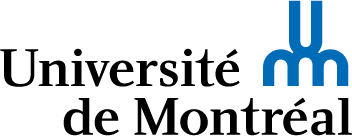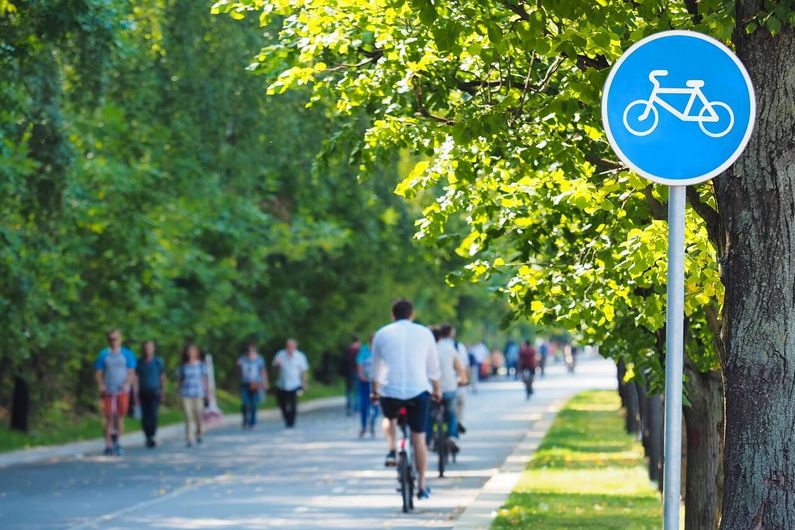Bicycle paths and greenery are concentrated in affluent neighbourhoods
- UdeMNouvelles
10/13/2022
A new study shows that Montreal's poorest neighbourhoods have fewer bike paths, green spaces and trees than more affluent neighbourhoods.
According to a new study, Montreal’s most disadvantaged neighbourhoods have fewer bike paths, green spaces and trees than more prosperous neighbourhoods. More diverse neighbourhoods—i.e. areas of Montreal with a greater proportion of racialized people—are similarly underserved.
The study was conducted by the INTERACT research group, part of the University of Montreal’s Public Health Research Centre. INTERACT studies the impact of the urban environment on health and social disparities by analyzing unequal access to urban amenities that promote health and physical activity in Montreal neighbourhoods. Its latest study raises questions about who really benefits from spending on urban facilities in Montreal.
Bicycle paths and green spaces are known to improve quality of life: living in their vicinity provides direct benefits in terms of physical activity, air quality and mental health.
“It’s a matter of social inequality,” said Yan Kestens, lead researcher at INTERACT. “Historically, immigrant and working-class populations have settled in more industrialized and cut-off neighbourhoods. More affluent neighbourhoods have been able to invest more in green space, trees and access to recreational activities. This pattern has created the health disparities we find across these populations today: people living near green spaces report better overall health than those living in enclaves.”
Problem accentuated by gentrification
Gentrification is clearly a major factor in this dynamic today; the study found more extensive bicycle path development in gentrified neighbourhoods than non-gentrified neighbourhoods.
It is less clear whether gentrification is truly the cause of neighbourhood improvements. “It’s a chicken-and-egg situation,” said Behzad Kiani, a postdoctoral fellow on the research team. “We’re not sure yet whether gentrification drives investment in the built environment or, conversely, changes in a neighbourhood’s environment draw new populations to move in and improve the neighbourhood. We are currently trying to answer this question by studying the direction of the causal relationship between gentrification and the urban environment.”
Geographic disparities in Montreal are strikingly evident in the location of bicycle paths. In Montréal-Nord, an economically disadvantaged neighbourhood with a high proportion of members of visible minorities, residents have been asking for years for more safe bicycle paths in view of the serious road safety issues in the borough. Montréal-Nord is among the Montreal boroughs with the least-developed cycling networks.
It is clear that investments in the urban environment are critical to residents’ health and wellness. However, their location must be carefully planned if the benefits are to be available to the entire population, not just those who are already the most advantaged.
Participant recruitment
The INTERACT research team is currently recruiting Montreal residents for a study of how people experience change in their neighbourhood. The data collected will be used to support the development of more effective strategies for factoring health and equity into urban amenities in Montreal. See https://teaminteract.ca/montreal for more details.
About INTERACT
The INTerventions, Equity, Research, and Action in Cities Team (INTERACT ) is a pan-Canadian collaboration among scientists, urban planners, public health practitioners, community partners, and members of the public, uncovering how the design of our cities is shaping the health and well-being of all Canadians. https://teaminteract.ca/montreal
Media contact
-
Jeff Heinrich
Université de Montréal
Tel: 514 343-7593












